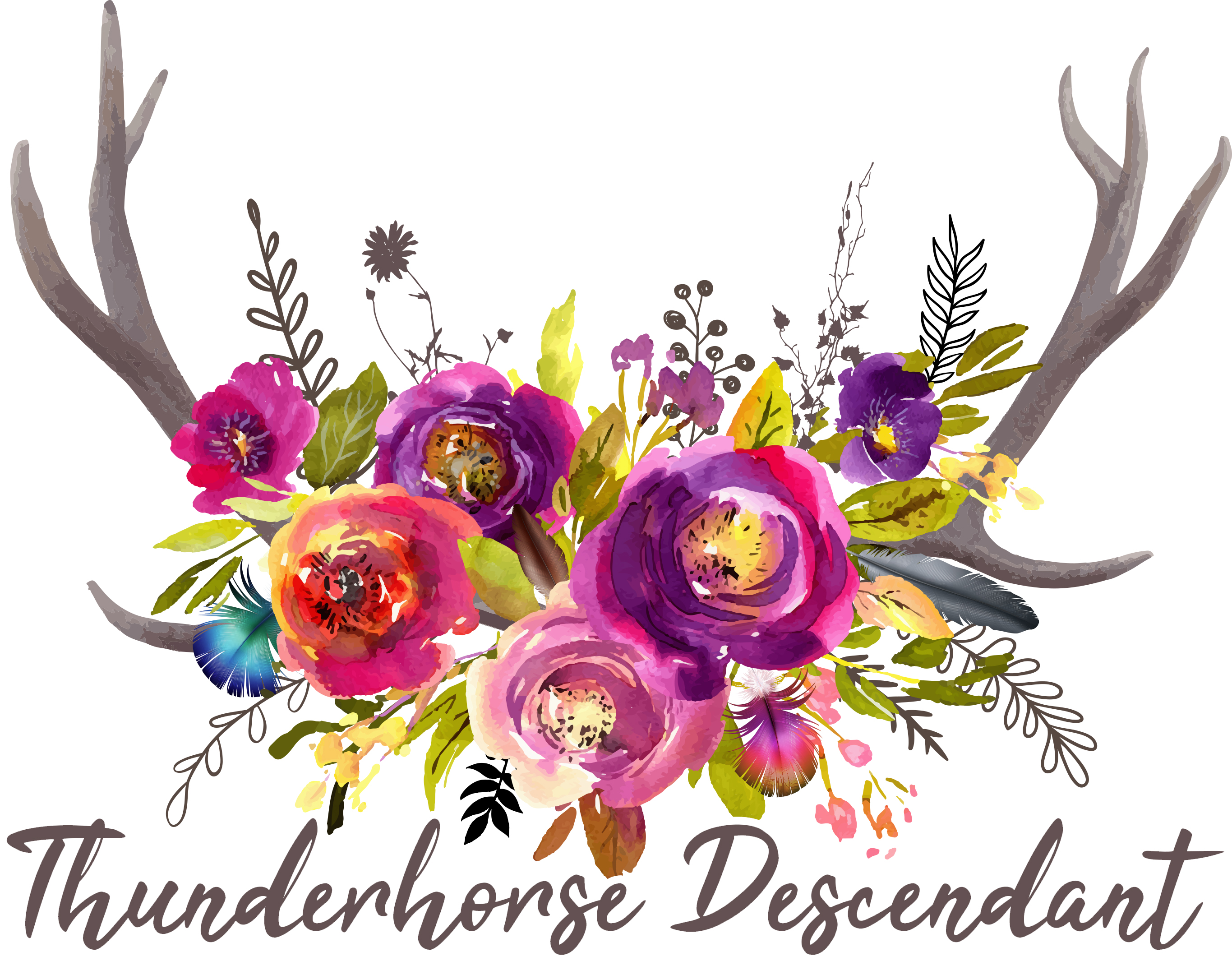Posted by Randee Brown on 26th Jun 2024
The Mystical Power of Coral Beads in Medieval Europe, Protect Children from Evil Spirits.
Origins of Coral Beads
Coral beads have a rich history that dates back to ancient times. Found primarily in the Mediterranean Sea, coral has been harvested for thousands of years for its beauty and mystical properties. The use of coral in jewelry and ornamentation can be traced back to the ancient Egyptians, Greeks, and Romans, who believed in its protective and healing powers .
Symbolism of Coral Beads
Coral is often associated with the ocean and its mysterious depths, symbolizing life and blood force due to its vibrant red color. In many cultures, coral is considered a powerful talisman. It is believed to promote longevity, protect against evil, and provide strength. The red hue of coral is connected with the blood of the Earth, representing fertility, passion, and the life force itself .
Coral Beads in Medieval Europe
In medieval Europe, coral beads were particularly valued for their supposed ability to protect children from evil spirits. This belief was rooted in the broader medieval fascination with protective amulets and talismans. Parents would adorn their children with coral beads to ward off malevolent forces and ensure their safety and health .
Lore and Legends
The lore surrounding coral beads is rich and varied. One legend suggests that coral originated from the blood of Medusa, the Gorgon slain by Perseus. According to this myth, when Perseus placed Medusa's head near the sea, her blood transformed the seaweed into coral . This story adds to the aura of coral as a powerful and magical substance.
In medieval times, it was also believed that coral could prevent illness and provide protection against poison. Physicians and healers would often recommend wearing coral beads to their patients as a form of preventive medicine. The beads were also thought to change color in the presence of toxins, acting as an early warning system for poison .
The Protective Powers of Coral
The protective qualities attributed to coral beads in medieval Europe were part of a larger tradition of using natural materials as amulets. Coral's vibrant color and organic origins made it an ideal material for this purpose. Parents believed that by placing coral beads on their children, they could harness the stone's natural energies to shield them from harm.
Coral's protective properties were not just limited to children. Adults also wore coral amulets to safeguard themselves from negative influences and to promote general well-being. The belief in coral's power to protect and heal persisted well into the Renaissance and beyond, reflecting its enduring appeal as a mystical and powerful substance .
Conclusion
Coral beads have a long and fascinating history that spans cultures and centuries. In medieval Europe, they were particularly cherished for their believed ability to protect children from evil spirits. This practice highlights the deep-seated human desire to find comfort and protection in the natural world. Whether as a symbol of life and vitality or as a guardian against malevolent forces, coral beads continue to captivate and inspire with their rich symbolism and enduring lore.
References
- Wood, E. M. (1983). "Coral: The Red Gold of the Mediterranean". Harvard University Press.
- Rackham, H. (1940). "Pliny the Elder: Natural History". Loeb Classical Library.
- Ogden, J. (1982). "Jewellery of the Ancient World". Rizzoli.
- Duby, G. (1987). "The Knight, the Lady and the Priest: The Making of Modern Marriage in Medieval France". University of Chicago Press.
- Le Goff, J. (1988). "Medieval Civilization 400-1500". Blackwell Publishers.
- Frazer, J. G. (1922). "The Golden Bough: A Study in Magic and Religion". Macmillan.
- Singer, C. (1928). "A Short History of Medicine". Oxford University Press.
- Campbell, M. (2009). "Medieval Jewelry: In Europe 1100-1500". Victoria & Albert Museum.

